Artists
Artists that Rely on ToneDexter
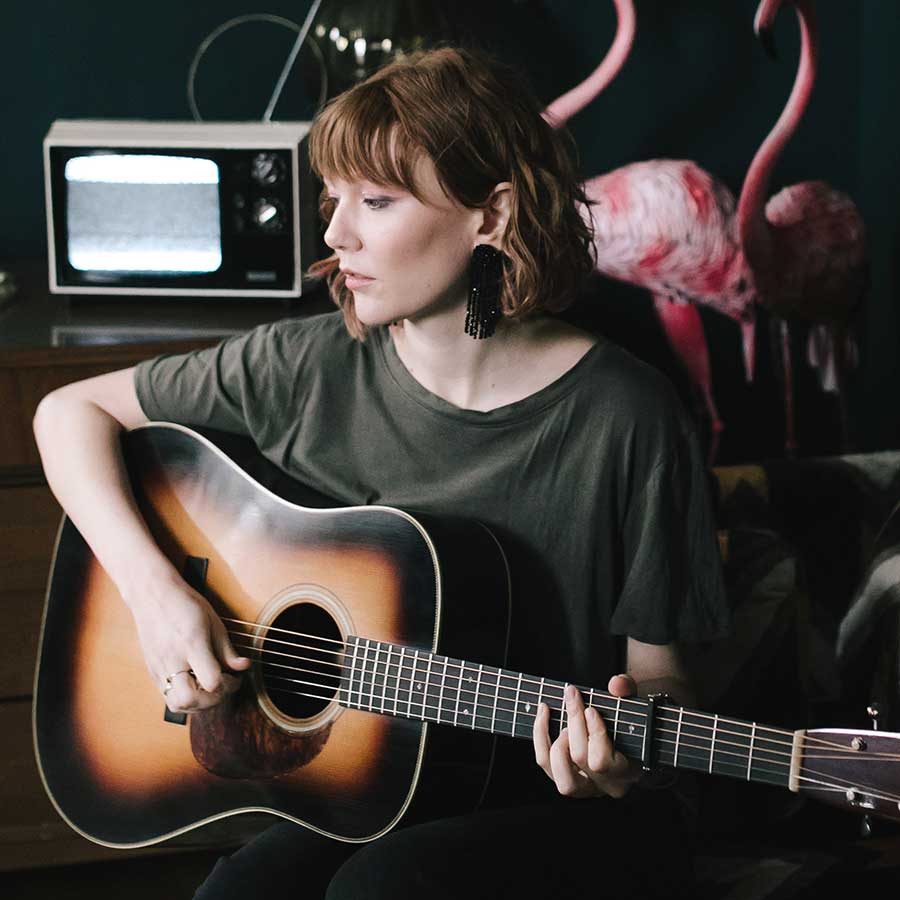
Molly Tuttle
“When I use a pickup in my guitar I am really just searching for that genuine mic sound, I love the way an acoustic guitar sounds through a mic. I needed to figure out a way to not sacrifice tone, but get the volume I need without causing feedback issues in a live setting. So I was blown away when I first got the ToneDexter, it sounded like I was just playing through a mic. I’ve been using it on stage a bunch recently. My tone sounds a lot more true to how my guitar naturally sounds.”
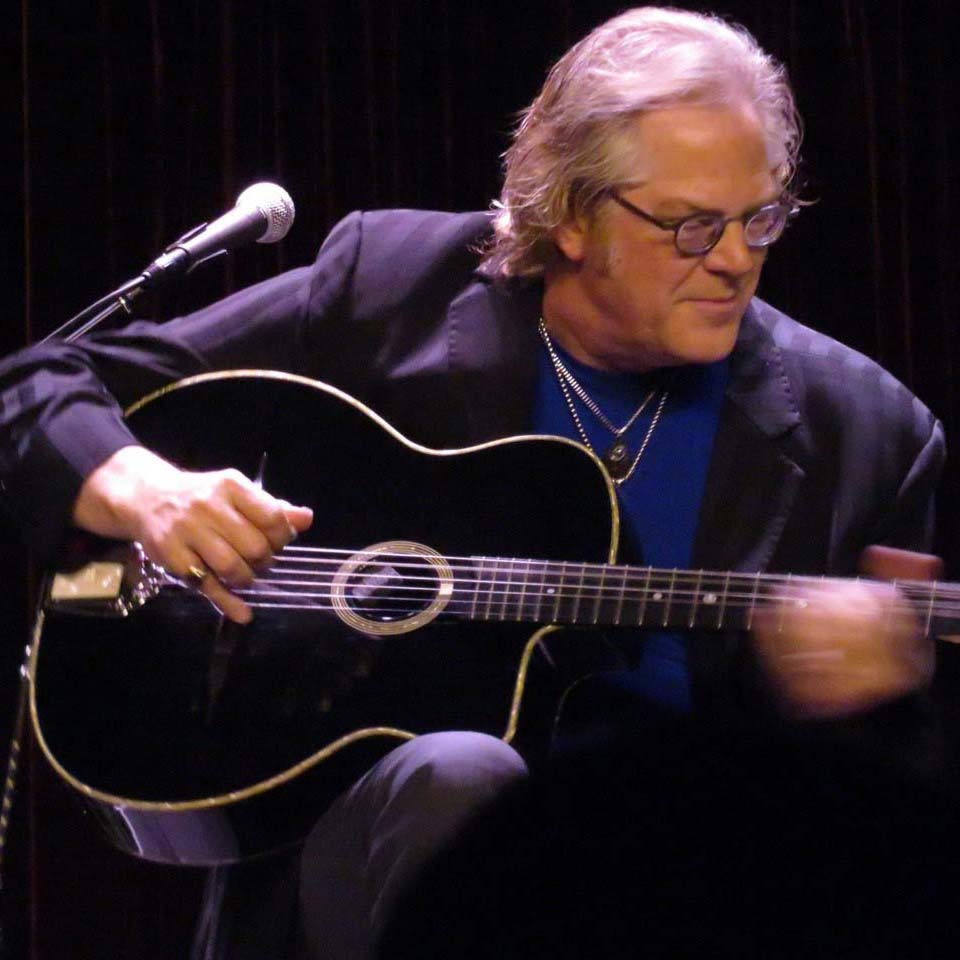
John Jorgenson
“I’m currently using my ToneDexter with 6 & 12-string flat top guitars, mandolin, bouzouki and gypsy jazz guitars—pretty much anytime I have to play an acoustic instrument onstage!! I put a volume pedal in front of the input, and reverb and chorus pedals in the FX loop. As I’ve said before, instead of struggling with tone and volume, the ToneDexter makes it fun to play acoustic instruments onstage. It is simply brilliant!”
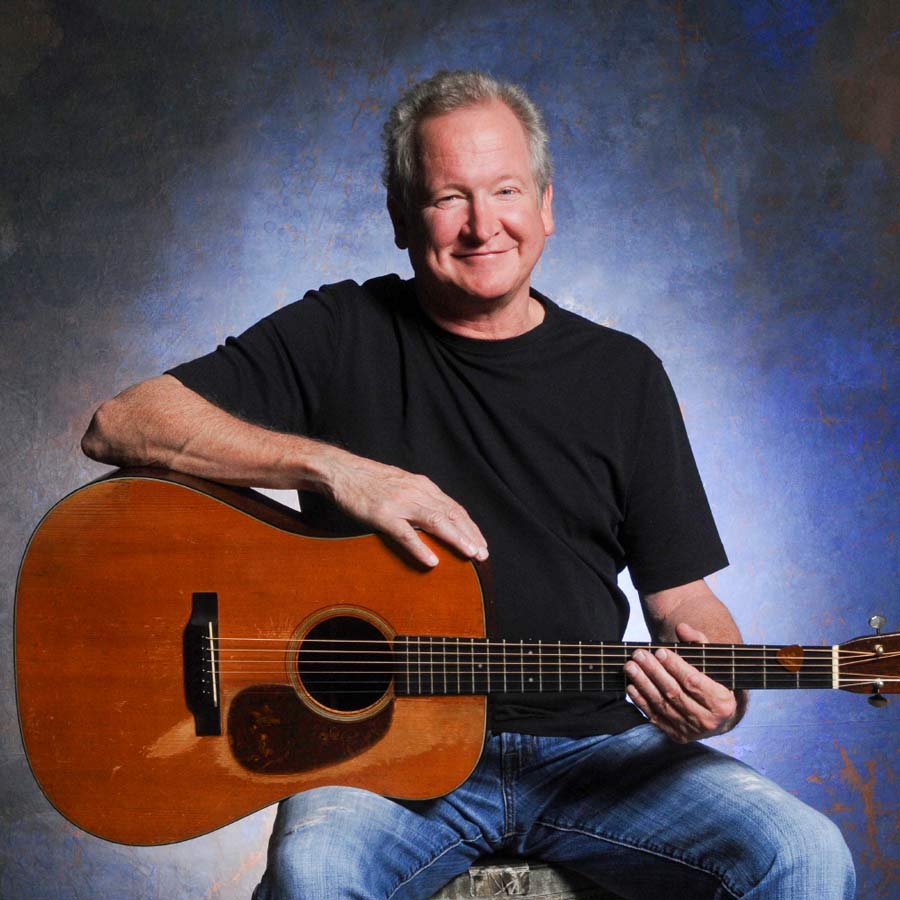
Jeff White
“In 2020 Sprocketeer James May help me set up my ToneDexters for my guitar and mandolin while I was out on the road with Lyle Lovett. As an acoustic guitarist I have searched for years to find a preamp that would capture the natural tone of an acoustic instrument. With the Tone Dexter I have finally found something that works and sounds great!”
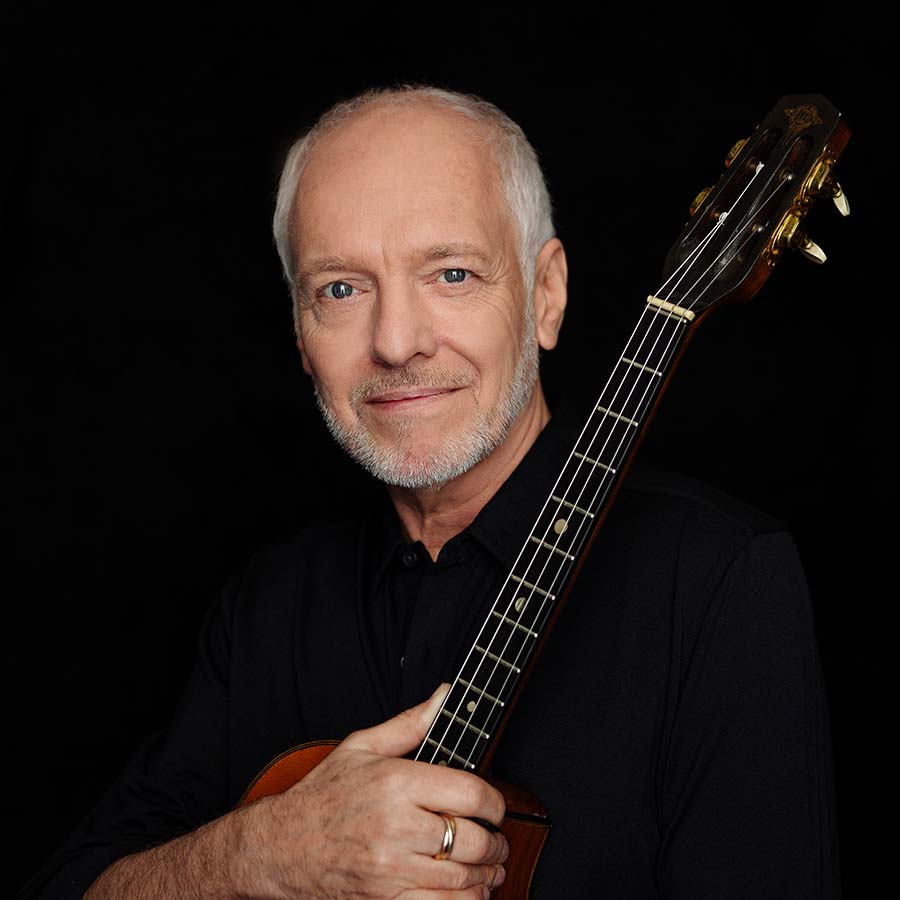
Peter Frampton
“From the first listen, it’s easy to hear that ToneDexter is amazing! But the truth is, it’s a game changing piece of gear for live acoustic instrument sound. It adds the sound of a microphone but without the mic or the feedback. I used ToneDexter on my recent RAW Acoustic Tour and finally have studio quality acoustic guitar sound live”
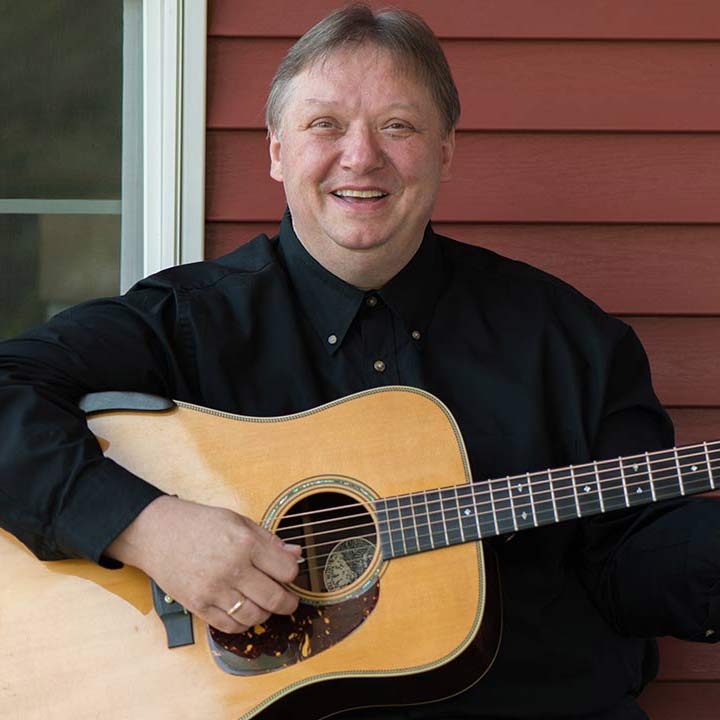
Uwe Kruger
“I have been using the ToneDexter now since October of 2017, and have played it in all sorts of different situations. The ToneDexter signal is all I hear on stage, and it works wonderfully. The sound is spectacular. My guitar stays true to the acoustic, unamplified sound, and the first time ever in my career I am able to play as dynamic on the stage, just as if I played in my living room. All the other pre-amps and modellers I have used in the past are obsolete. The ToneDexter is a true game changer in my opinion. Thank you very much for making my life better with the ToneDexter!”

Casey Driscol
“I had the pleasure of using your ToneDexter with the John Jorgenson Quintet on my violin a couple of nights ago at the NAMM show. I was constantly being complimented on the sound quality of your device. The ToneDexter is the pinnacle of preamps. People will consistently assume I am using a microphone, but they are all fooled by the WaveMap technology. I was a non-believer until I tried the ToneDexter and I was absolutely blown away by the incredibly accuracy to recreate the microphone sound from my violin pickup – it’s incredible.”

Mark O’Connor
“As a violin player performing in so many various stage settings, the ToneDexter pre-amp “learns” the way my instrument sounds through my favorite mic. It creates a stored WaveMap of that miked sound, and that is essentially what the audience gets when I’m plugged in and playing through my conventional bridge pickup. I no longer have to be within 6 inches of a stand mic, or have a small mic attached to the violin in order to get a reasonable approximation of a natural violin sound. What is the word I’m looking for – magic! I really enjoy using it!!”
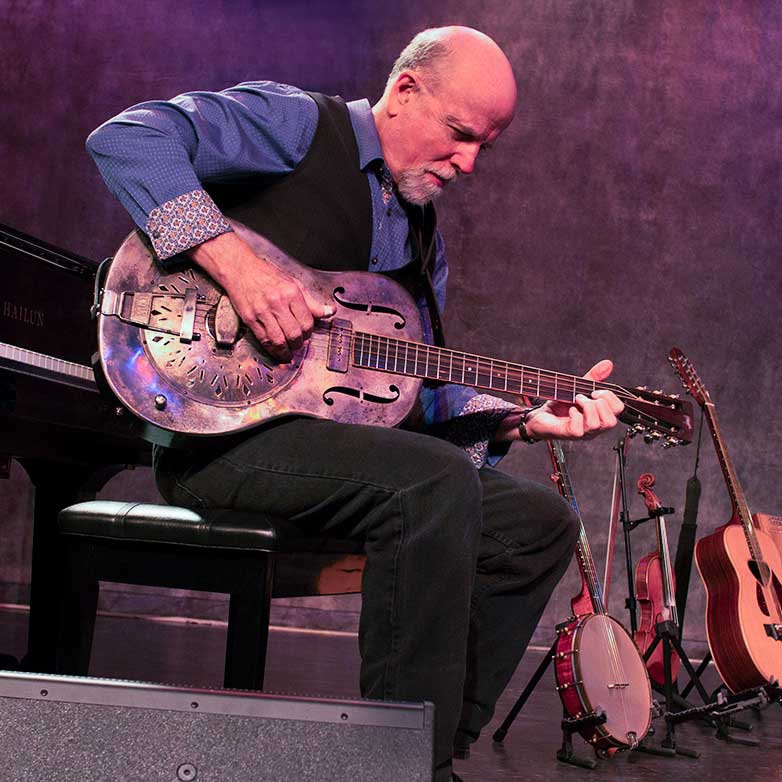
John McCutcheon
For nearly fifty years I’ve been experimenting with how to make acoustic instruments sound “natural” on stage. I play instruments made for me by luthiers who are now friends of mine, so I also feel the responsibility to showcase their work in the best way possible. ToneDexter was the final element in that search for me. On stage I’ll use one of six different 6-string guitars, a monster baritone 12-string, banjo, fiddle, autoharp, not even mentioning the hammer dulcimer. At last, I have the sound I’ve been looking…and listening…for.

Innes Sibun
I’m not sure if any of my acoustic playing friends out there are aware of this groundbreaking pedal the ToneDexter by Audio Sprockets? It really is a game changer for all acoustic stringed instruments, I couldn’t believe how amazing it is, simply plug your instrument with a pick up in as well as a mic, press two buttons & hey presto the pedal learns the sound of the mic & every time you use it the pickup sounds like the guitar with the mic, stunning. I can’t believe I’ve only just found it.
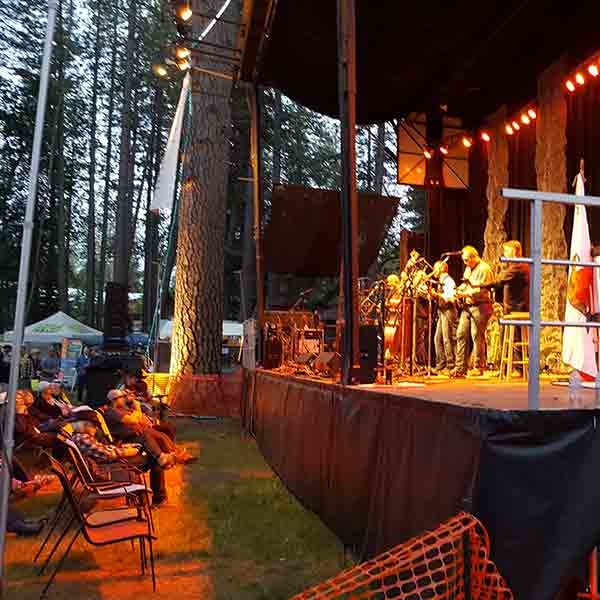
Balsam Range
Renown bluegrass band Balsam Range, from North Carolina, performed at the Grass Valley Father’s Day Bluegrass festival in June 2018. They have ToneDexters for all their instruments and are getting great, authentic amplified sounds on stage. They wowed the crowd with their incredible musicianship and superb vocal harmonies.
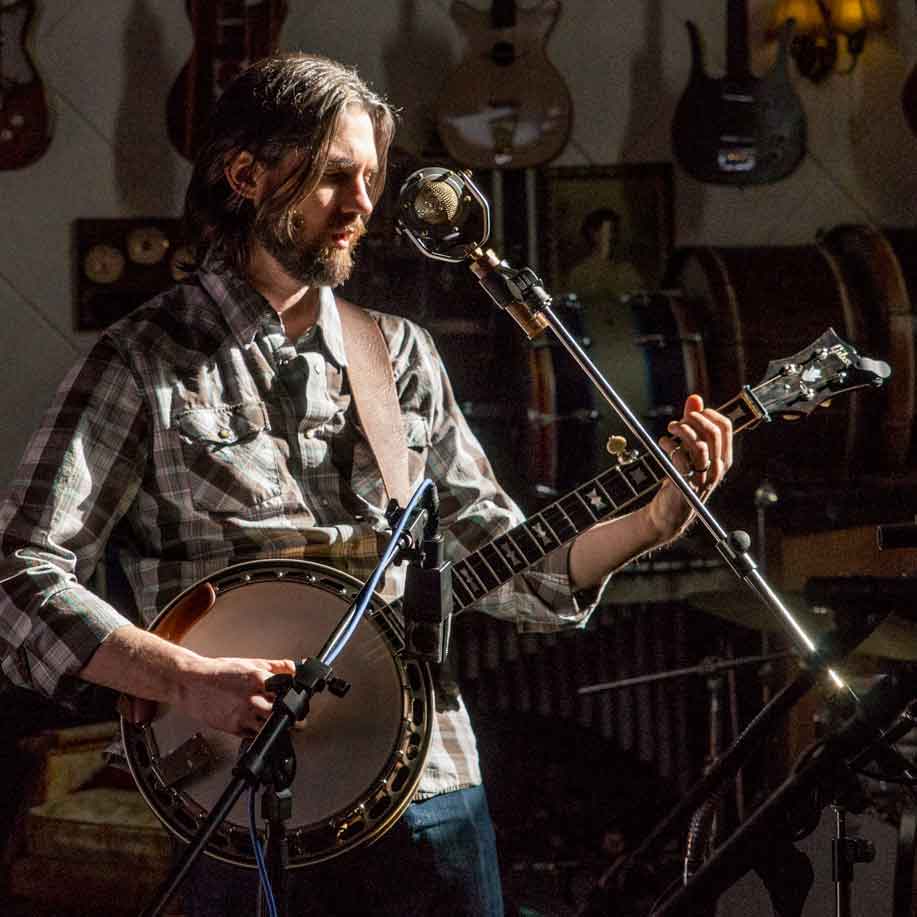
Ben Protor
“I have gone through a summer/fall schedule with the ToneDexter, touring around and playing in lots of different situations, venues, and systems. The ToneDexter is the absolute best piece of external acoustic gear I have ever owned. I’m still amazed by how well it works. I use it with banjo (my main instrument, with a Schatten BJ-02 pickup), dobro (Schatten RG-03 pickup) and acoustic guitar (Fishman under-saddle). The banjo is the absolute hardest instrument to get right for many situations. I’ve played these tricky rooms with these huge not-acoustic-friendly sound systems, and my sound check takes like 2 minutes. It just WORKS and TONE is GREAT. Thanks again for making a great product.”

Mai Bloomfield
“I spent time with my ToneDexter and John Alagia (producer of Dave Matthews, John Mayer, and some recent records I did with Jason Mraz) at the Village Recorder in Santa Monica trying out different mics with my cello. I use a David Gage Realist piezo pickup under the foot of the bridge. It sounded awesome and the guys were really digging it—fascinated actually. Thanks for making such a cool product!

Paul Cartwright
“I can say with no exaggeration that the ToneDexter is the single most important purchase I’ve ever made for live acoustic amplification of my violin, guitar and mandolin. There has never before been a way to translate the acoustic sound of your instrument into an electrical signal with anywhere near this degree of accuracy, sonic isolation, and ease. It’s changed my entire attitude and approach on stage and in the studio, and has me excited about playing plugged in again!”
Los Angeles Session Violinist and Composer/Arranger

Matt Marinchick
“The greatest thing to happen to my guitar ever! I’m so impressed with the ToneDexter! I play a 1976 Alverez Yairi and it sounds 10x better than it did and I already loved it! I play about 30-35 gigs a month and at least 20 of them people comment on how good my guitar sounds. My wife is actually all excited about this gear purchase! Thank you!!!”
Country Music Singer/Songwriter, Nashville Tennessee

Jason Bailey
“I didn’t realize how much I needed the ToneDexter until I got one. Wow! I have played plugged in mandolin for the past two decades and I was always inherently dissatisfied with the plugged in tone. However ToneDexter has arrived. From this point forward we acoustic musicians can now be truly HAPPY with our plugged in tone! We can hear our instrument’s true natural voice amplified, with all the perks of being plugged in. Furthermore, with the 22 presets available on ToneDexter, now all of my instruments can have their own WaveMap and be true to their unique voice! Thank you ToneDexter for changing the world forever!!”

Tommy Davy
“The ToneDexter has solved the biggest longstanding issue with using a transducer or under saddle pickup on Selmer-Maccaferri style guitars. It transforms an otherwise harsh or boxy sounding signal into a rich full-bodied complex result. Truly a game changer for live performance. Whether you are a sound engineer or player you will benefit from this revolutionary technology.”
Guitarist and Luthier
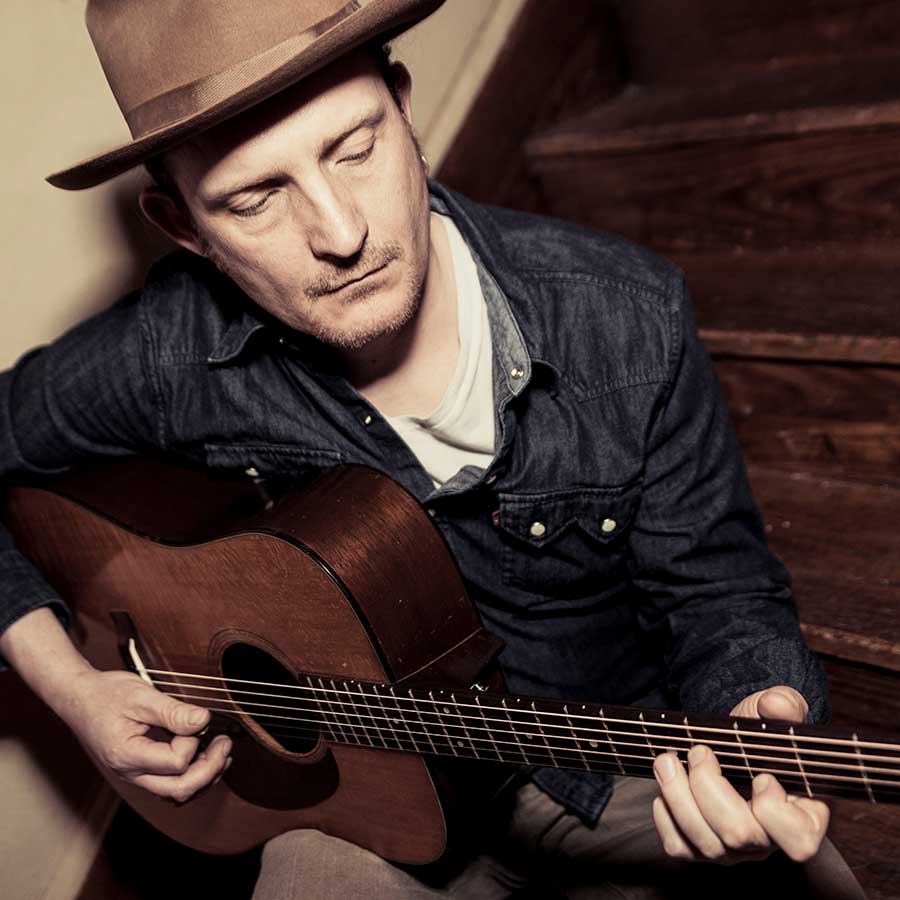
Thomm Jutz
“The ToneDexter has been a total game changer for me. Finally I feel like I’m playing a real acoustic guitar onstage. There’s absolutely no going back for me.”
Producer/Songwriter/Guitar Player
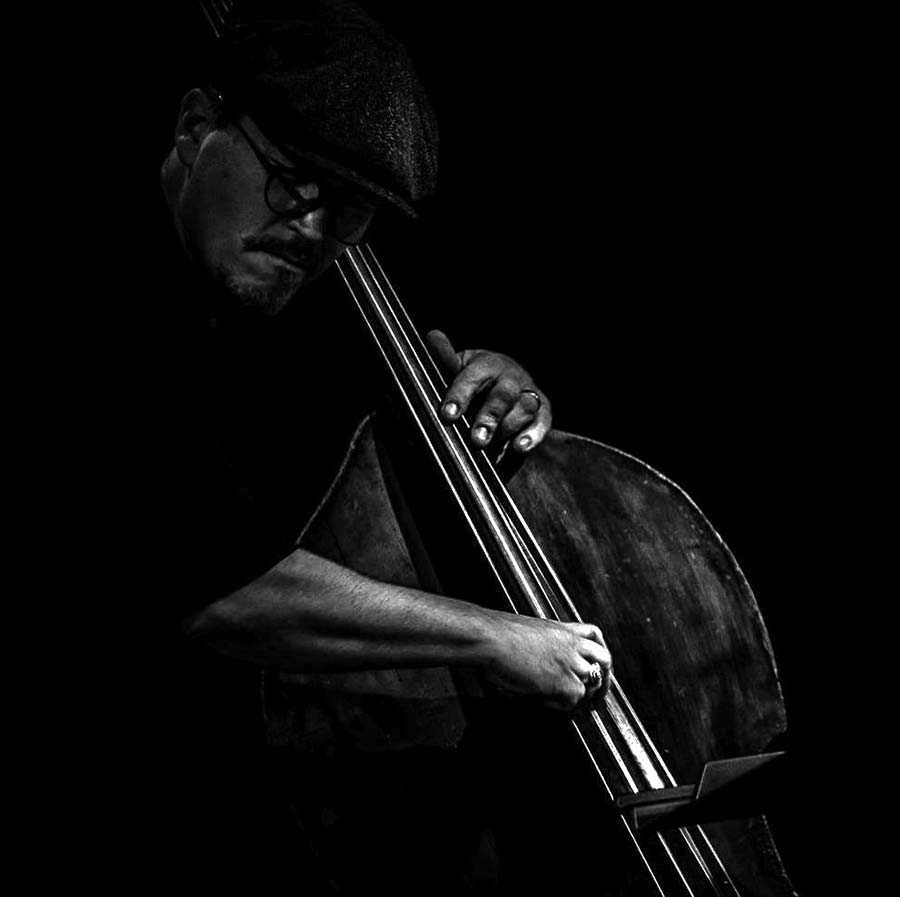
Piro Patton
“Occasionally a piece of gear comes along that offers a fundamental shift in how the upright bass is amplified. It changes your piezo pickup sound into a convincing mic-like signal with dimension and air. The Dex then lets you blend back in the pickup as needed, so that each new playing situation can be quickly dialed in for a more ideal tailored acoustic sound. Bravo ToneDexter!”
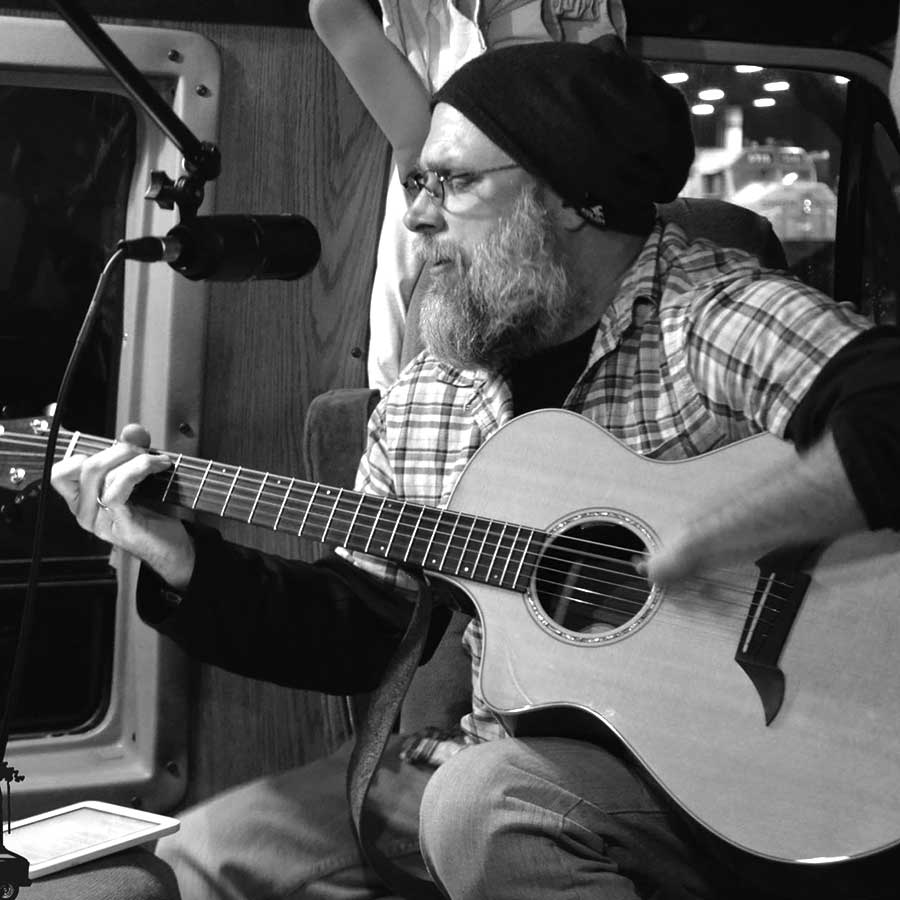
Scott Rogers
“While the ToneDexter is absolutely stunning when it comes to producing a remarkably authentic mic’d guitar sound, its ability to store multiple WaveMaps—and for just about any acoustic instrument—makes it a game-changer for multi-instrumentalists looking to simplify their rigs. Store a WaveMap for each of your instruments and the ToneDexter is just about all you need.”

Pat Thomi
“Love the ToneDexter! You have no idea how long I’ve been waiting for this! I used to send my instruments to Fishman in the past to create images etc. Doing gigs AND recording with just one piece of gear is a dream come true. You have a killer product that to me is a game changer.”
Composer, Arranger, Producer, Instrumentalist
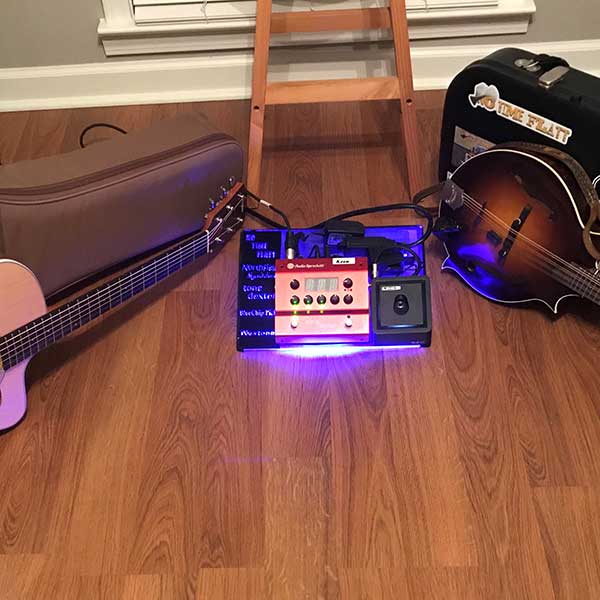
Kevin Keen
“ToneDexter does a great job and I am very pleased with its performance. I used to be so against the plugged-in sound, and used to tell my friends that if ever I could get my mic sound while plugged in, I would be ok. Well, I guess I’m ok now. And, ToneDexter does double duty on both my Taylor guitar and Northfield mandolin. Thanks for a job well done.”
Kevin is a member of NO TIME FLATT – a rising star on today’s bluegrass music scene, with their highly energetic and audience oriented live performances.
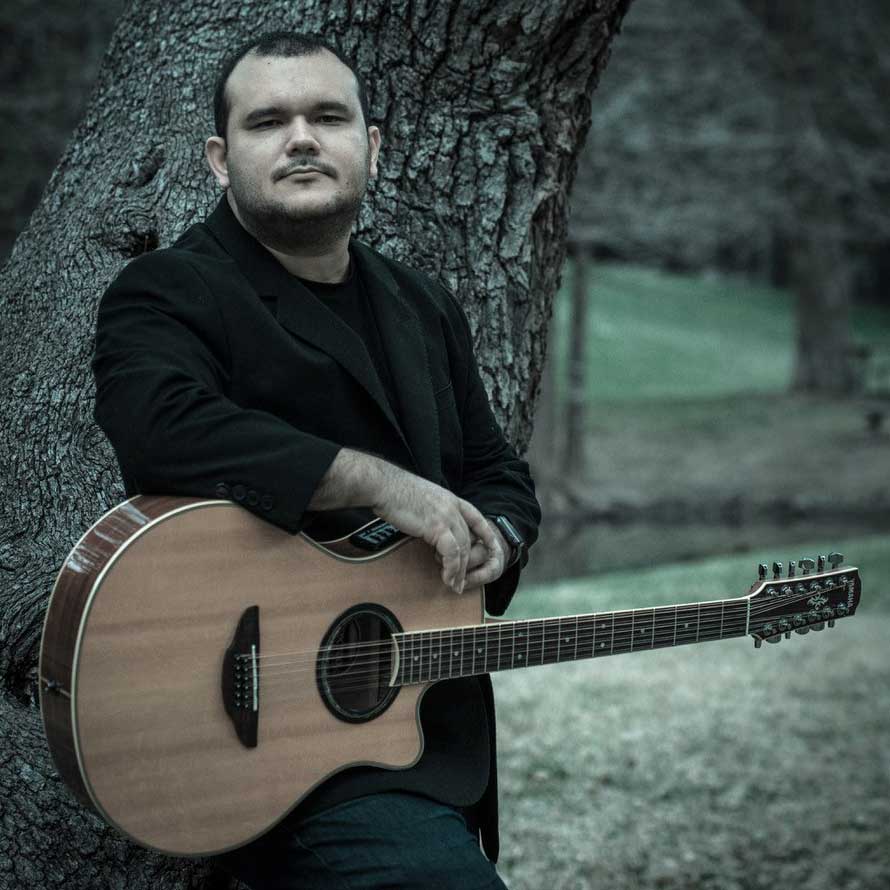
Gabriel Santiago
“I absolutely love ToneDexter! It’s exactly what I’ve been looking for in so many years. I use it on all my main guitars (7 string classical, 12 string acoustic and baritone classical). It’s super easy to use and the quality is superb.”
Composer / Arranger / Acoustic and Electric Guitar Player, and 2010 ASCAP Young Jazz Composer Award Winner

Jacob Szekely
“ToneDexter is the greatest invention since the bow! If you’ve ever plugged in a violin, viola or cello before, THIS is what you’ve been looking for your whole life.”
Multistyle Cellist, Composer, Educator

Mike Phelan
“After 4 days of full-gear rehearsal with the band: ToneDexter…OMG! What a completely different acoustic guitar experience…I’m able to play so much more relaxed because not only do I hear well without feedback (at elevated levels!), but I am able to play with a lot more touch and get killer tone”
Mike Phelan, of ‘Marley’s Ghost’ – An eclectic aggregation composed of singer/multi-instrumentalists Dan Wheetman, Jon Wilcox, Mike Phelan, Ed Littlefield Jr., Jerry Fletcher, and Bob Nichols

Rory Hoffman
“In my opinion, ToneDexter is the most essential and useful live tool for players of acoustic instruments. I successfully use it on mandolin, guitar, and banjo. There are two things about the pedal and the company which have made me a major fan: firstly, I can easily make WaveMaps of my own instruments in a matter of minutes; and secondly, the people at Audio Sprockets do a great job of listening to input from their artists. I’m proud to endorse Audio Sprockets and use ToneDexter.”
Nashville Multi-Instrumentalist
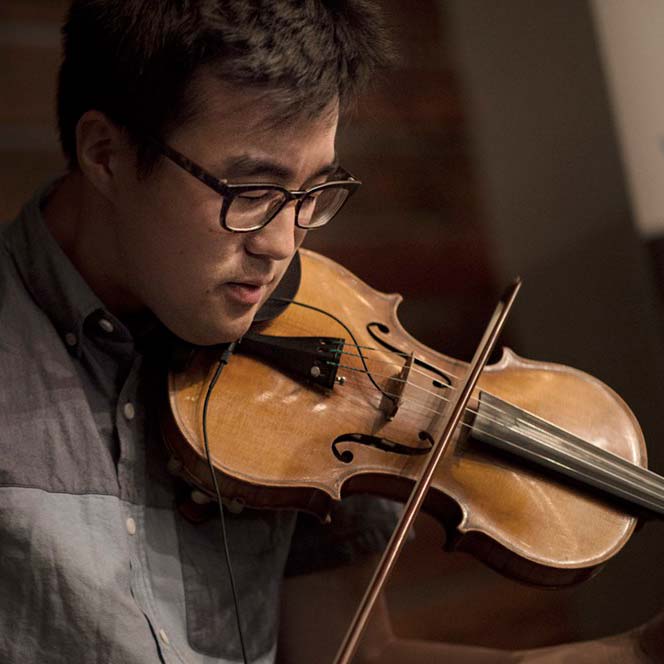
Joe Kye
“I love ToneDexter, it is truly an innovative product that gives my violin the same shape, nuance, and dynamism as when I play without any amplification.”
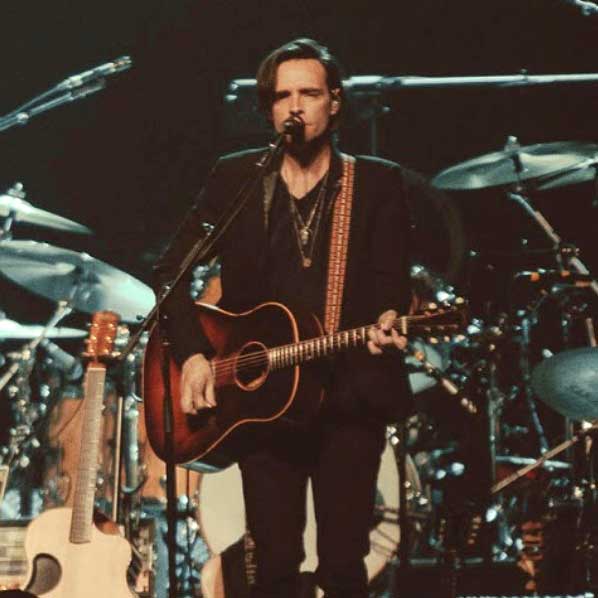
Marc Copely
“I’m using a ‘57 J-45 on this current tour with JD & the Straight Shot. The ToneDexter keeps all the character that guitar has intact, with no hint of the typical piezo pickup sound. It’s perfectly in phase and inspiring to play. Oh and my mandolin sounds great too. Simply put, the ToneDexter is amazing!”
Nashville based singer/songwriter, sideman, and musical director
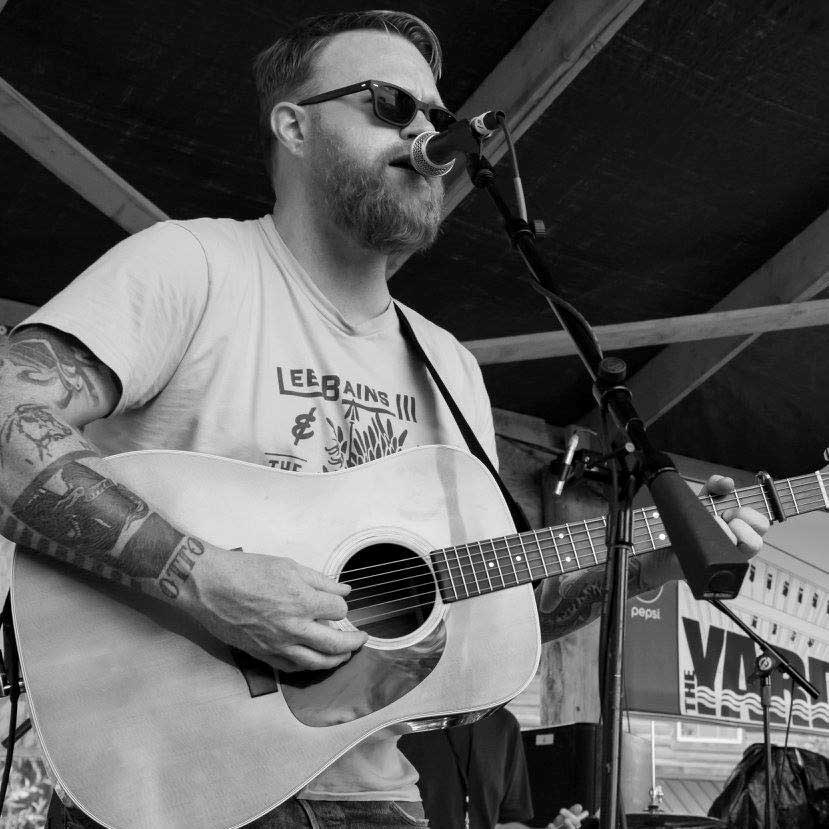
Bob Lefevre
“I’ve spent years, and hundreds if not thousands of dollars trying to get my guitars to sound like my guitars on a loud stage. In five minutes ToneDexter got me closer than I’ve ever been… by a country mile.”